Installation
In collaboration with Felix Bonowski (clay), Vasili Macharadze (modeling)
A 3D-modeled and CNC-milled clay floor invites visitors to navigate uneven terrain within the gallery space. This deliberate irregularity activates senses that are often overlooked in exhibition contexts, while simultaneously evoking the image of a parched, desiccated landscape. The work recalls clay floors once common in domestic interiors, and at the same time it reflects on humanity’s impact on ecological systems and the broader consequences of global warming.
The installation is derived from a 3D scan of the rainwater garden at the Bauhaus University Weimar campus. This scan was digitally flattened and translated into CNC-milled clay tiles, each 5 cm thick and carved to a depth of 3.5 cm. The tiles were designed to provide both stability for walking and durability; nevertheless, several fractured during transport and participatory events, underscoring the material’s inherent fragility and echoing the themes of the work.
The clay originates from the surroundings of Weimar and remains unprocessed, making the tiles reusable in future works or ecological cycles. Visitors are invited to remove their shoes in order to experience the surface more directly and sensorially.
Many thanks to the production team: Jan Munske, Sabah Khaled Abouelhadid Elsay Hassan, Sebastian Veloza, and Alessandro Volpato
Supported by Stiftung Innovation in der Hochschullehre and Horizon Europe, Grant Agreement No. 101135986.
Related Media
![[Dried Out] Pond. Photo: Cosmo Schüppel](https://triple-double-u.com/wp-content/uploads/2025/09/IMG_2349-1024x683.jpg)
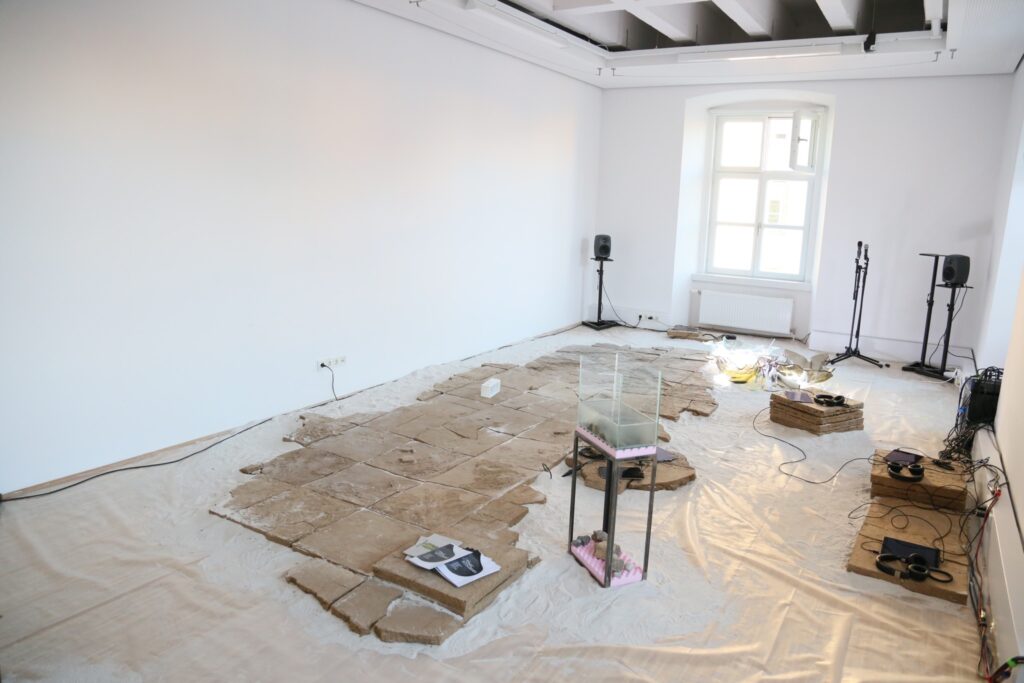
![[Dried Out] Pond. Photo: Cosmo Schüppel](https://triple-double-u.com/wp-content/uploads/2025/09/IMG_2354-1024x683.jpg)
![[Dried Out] Pond. Photo: Cosmo Schüppel](https://triple-double-u.com/wp-content/uploads/2025/09/IMG_2246-1024x683.jpg)
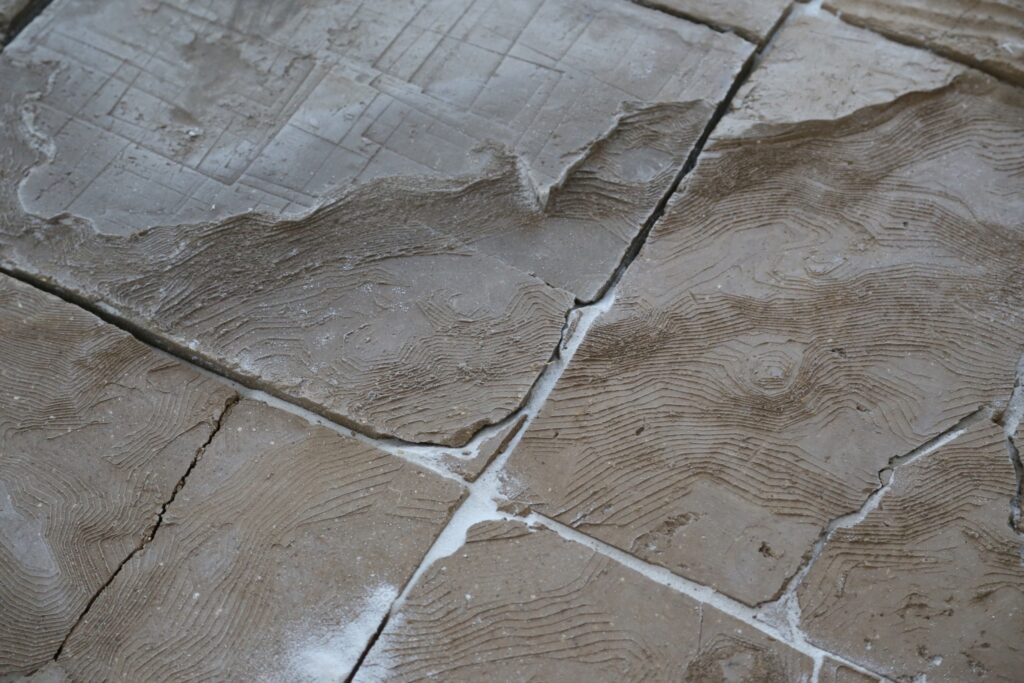
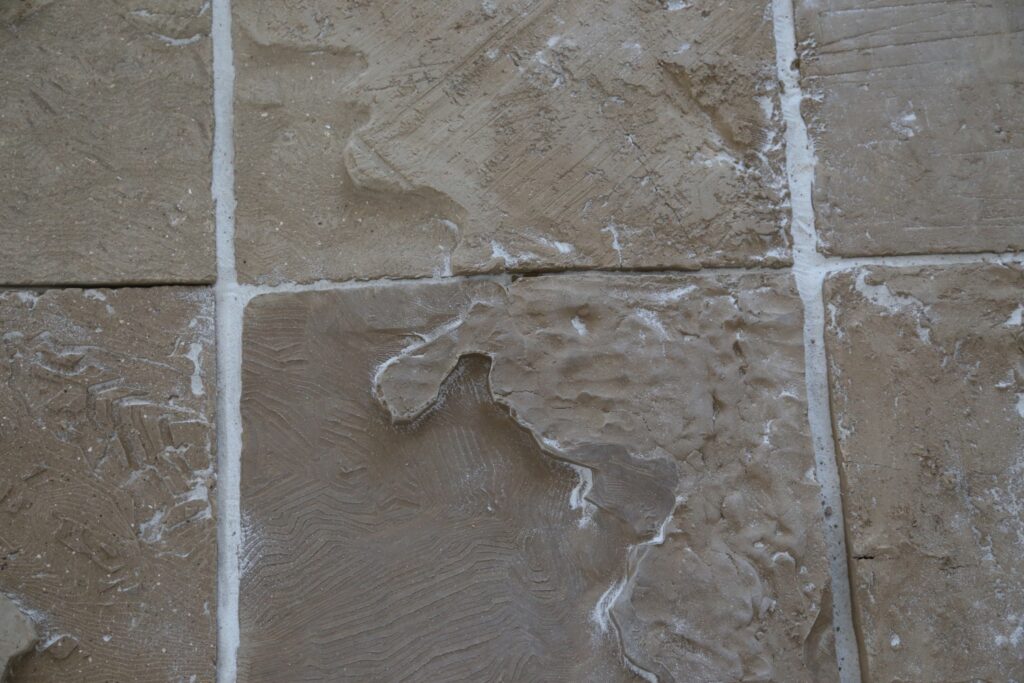
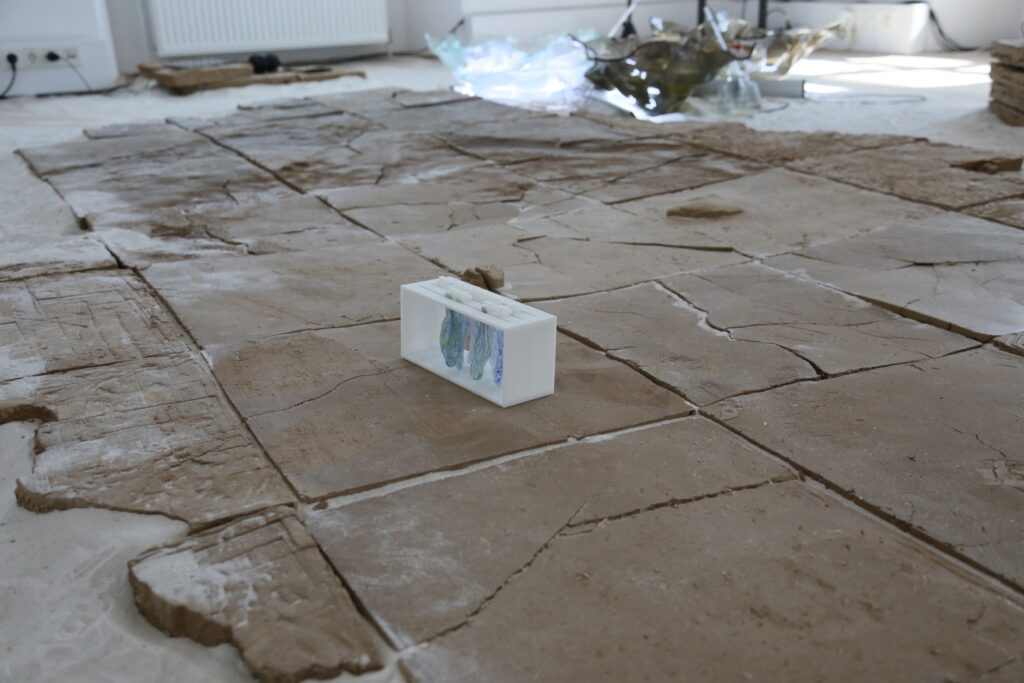
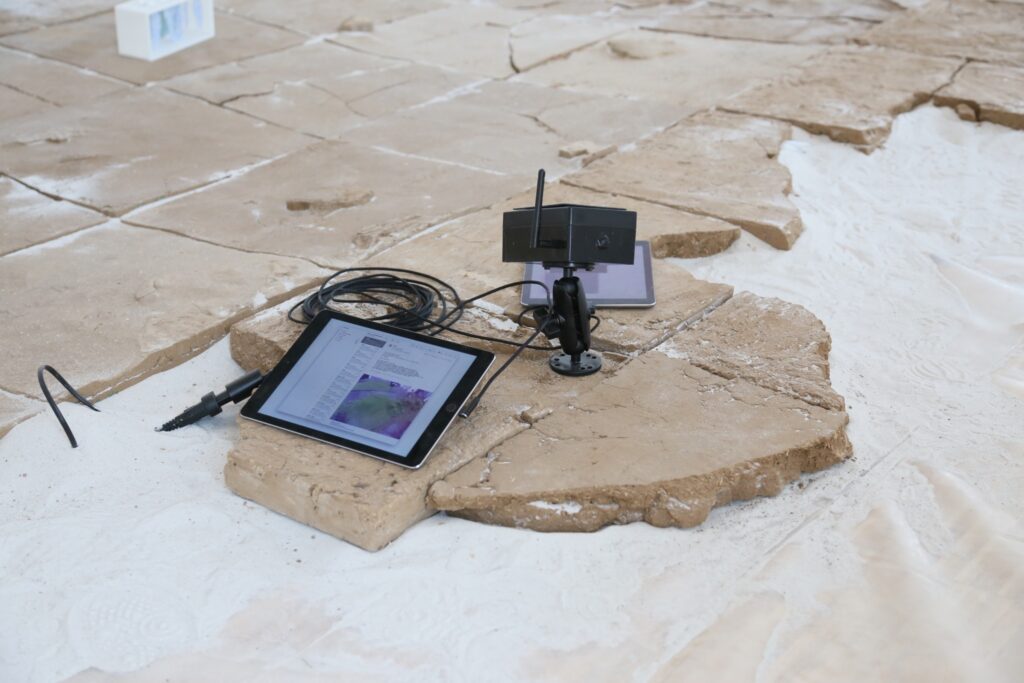
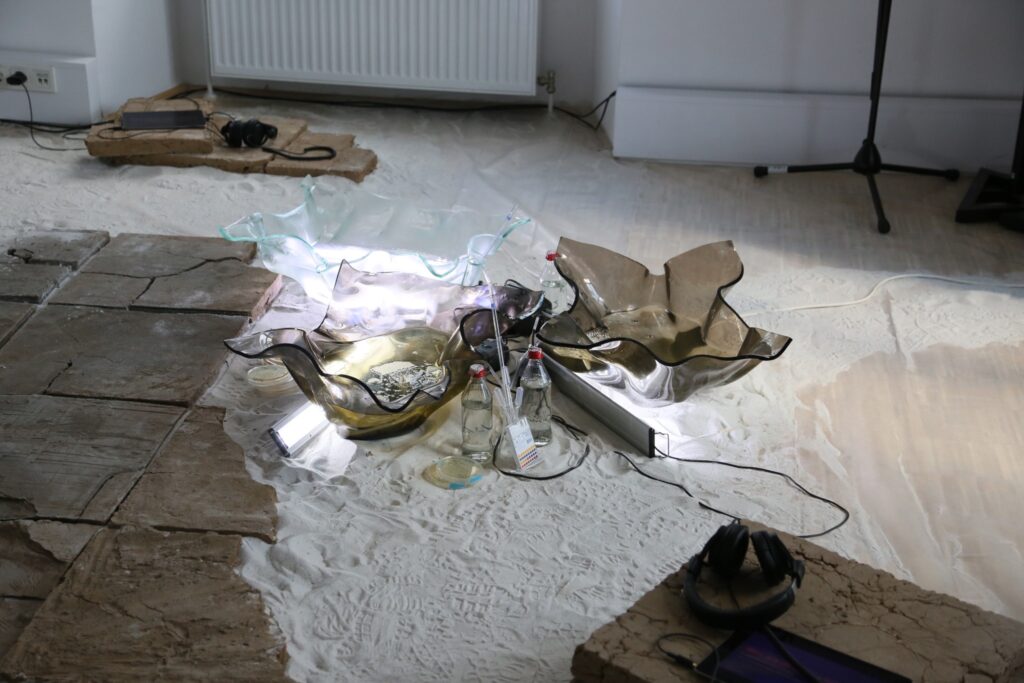
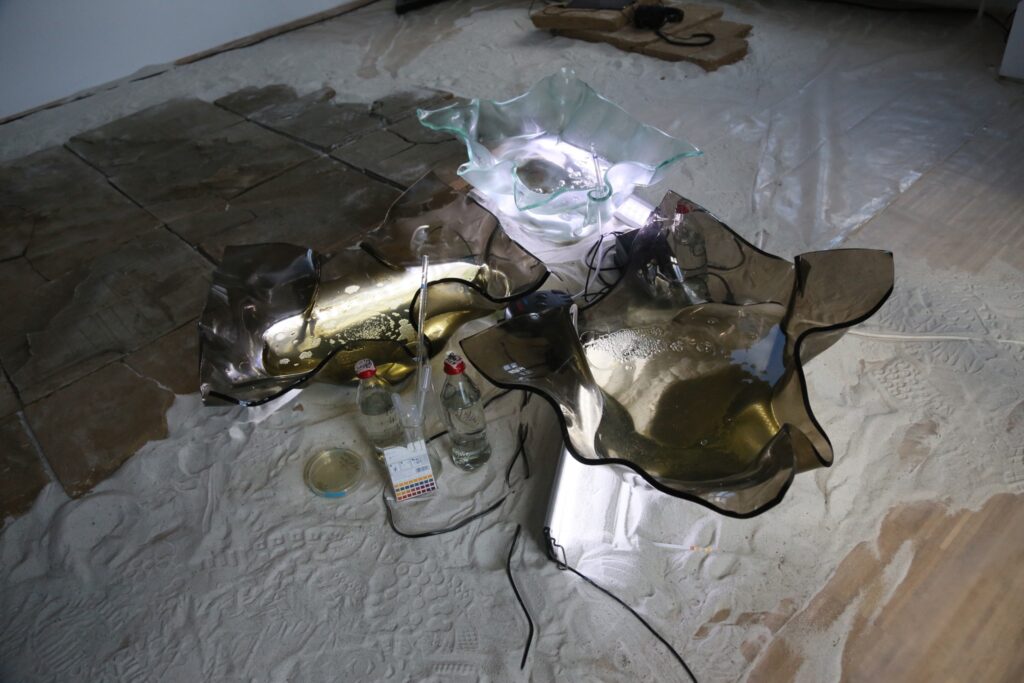
![[Dried Out] Pond](http://triple-double-u.com/wp-content/uploads/2025/09/IMG_2349-1568x1045.jpg)